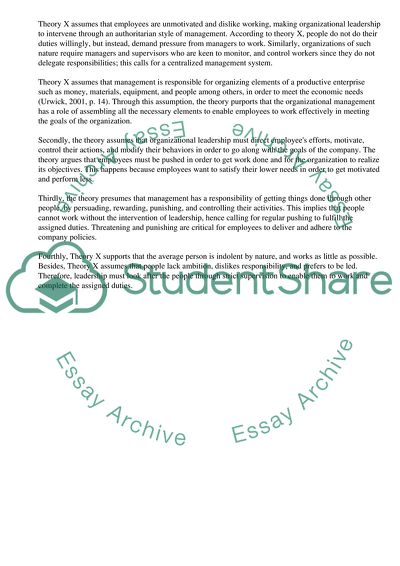Cite this document
(“X-Y-Z Leadership Theories to Manage People Effectively Term Paper - 1”, n.d.)
X-Y-Z Leadership Theories to Manage People Effectively Term Paper - 1. Retrieved from https://studentshare.org/management/1842570-organizational-leadership
X-Y-Z Leadership Theories to Manage People Effectively Term Paper - 1. Retrieved from https://studentshare.org/management/1842570-organizational-leadership
(X-Y-Z Leadership Theories to Manage People Effectively Term Paper - 1)
X-Y-Z Leadership Theories to Manage People Effectively Term Paper - 1. https://studentshare.org/management/1842570-organizational-leadership.
X-Y-Z Leadership Theories to Manage People Effectively Term Paper - 1. https://studentshare.org/management/1842570-organizational-leadership.
“X-Y-Z Leadership Theories to Manage People Effectively Term Paper - 1”, n.d. https://studentshare.org/management/1842570-organizational-leadership.


